Types of Over Current Relay:
Over current relay is nothing but a relay element which operates when the current exceeds the pre-set value. The relay trips the associated circuit breaker. Overcurrent relay protection protects the power systems and its equipments such as transmission lines, transformers, generators, or motors against short circuits, ground faults, over loads etc. Let see. The types of over current relay used in power system Protection.
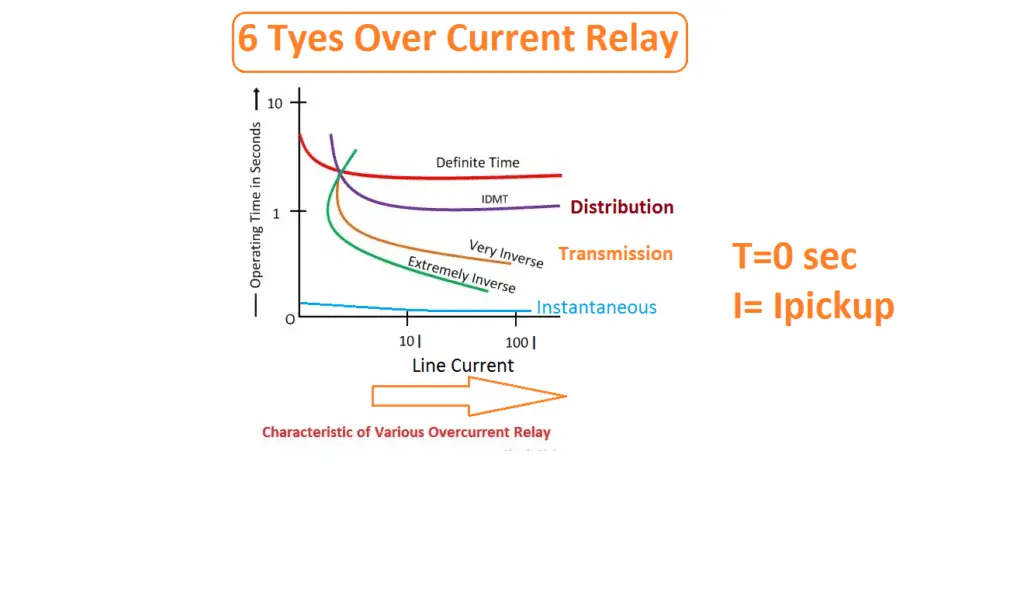
[wp_ad_camp_1]
- Instantaneous over current relay
- Definite time over current relay
- Inverse time over current relay
- Inverse mean time over current relay
- Very Inverse time over current relay
- Extreme Inverse over current relay
Instantaneous over current relay:
The relay does not depend on time delay for operation. The relay contacts will be closed at instantly, typically at zero time, when the current exceed the pre-determined value. Only The operating time of the relay is very less (time of pickup and contact closing). These type of over current relay is normally implemented where the high speed tripping is required. The relay protects the system from earth fault and also used for protecting the system from circulating current.
Example: Outgoing & Incoming Feeders, PCC & MCC panels, MCCB & MPCP.
Definite Mean Time over current Relay:
The relay operates when the current exceeds the preset value with the fixed operating time which means the relay operating time depending upon the time. The relay does not operate when the fault current is less than preset value and times. i.e if the current must withstand until the operating time exceeds. These relays are mainly used in overload operation.
Example: Outgoing & Incoming Feeders, PCC & MCC panels, MCCB & MPCP.
Inverse-Time Overcurrent Relay
The relay operating time is depending (inversely proportional) on the fault current. The operating time decreases when the fault current is high and the operating time increases when the fault current is low. Typically, the relay operating time is judged by the characteristic curve. The characteristic curve will be created at the time of relay manufacturing.
These relays are used to protect the sensitive equipments such as alternator, generator, Transmission lines, Distributed lines etc.
Inverse Definite Minimum Time Relay (IDMT O/C):
The relay operating times is approximately proportional to the fault current. The operating time of the relay is maintained by adjusting the time delay setting. i.e For, a fault current of 25KA – the time delay may be 2.5s; & for a fault current of 30KA – the time delay may be 1.0s.
[wp_ad_camp_1]
Very Inverse Relay:
The relay operating speed or time is higher than the Inverse definite mean time relays. These relays are used in very long transmission lines. The relay is used in the places where there the magnitude of the short-circuit current fall rapidly because of the large distance from the source. You can check the operating characteristics of the relay, where the very inverse over current relay takes shorter time than IDMT for the same current.
Extremely Inverse Relay
The relay gives the fast operation during the fault conditions as compared with IDMTs and very inverse relay. These relay protects against lightning strike on the transmission lines, heavy earth fault etc.

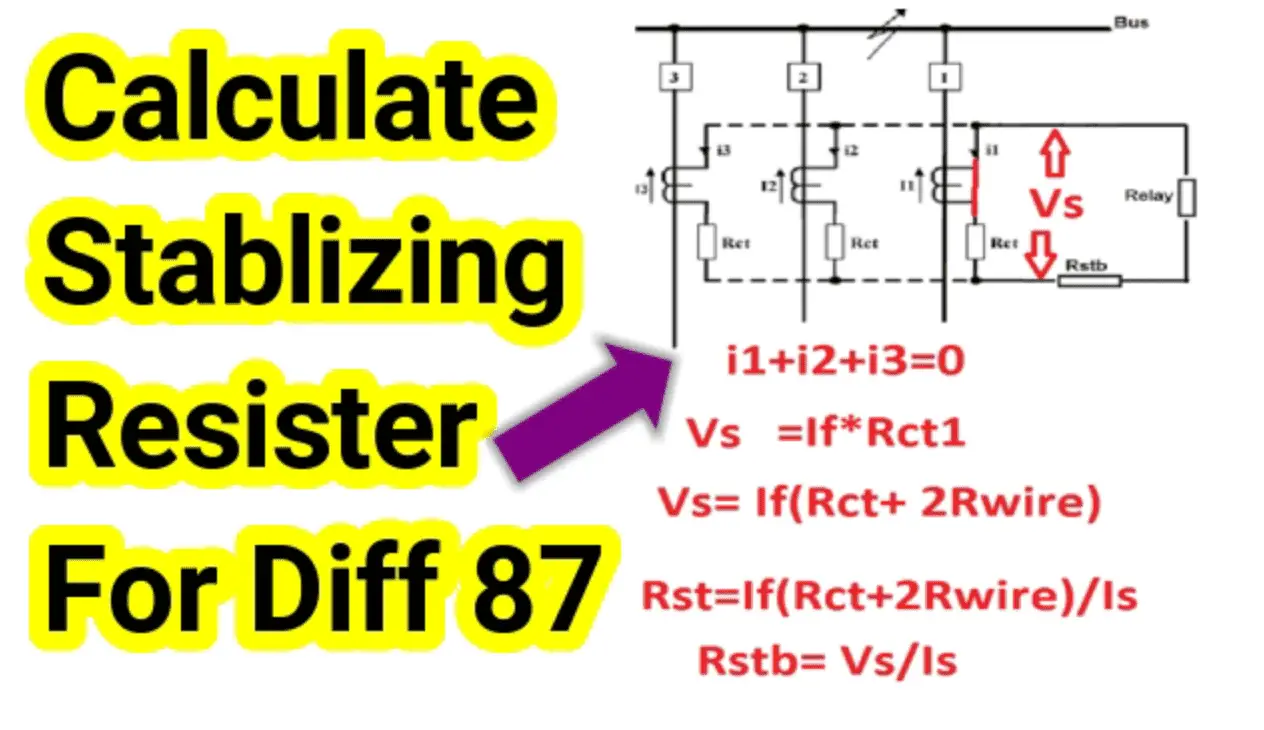
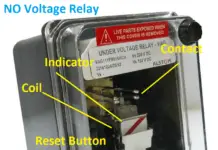
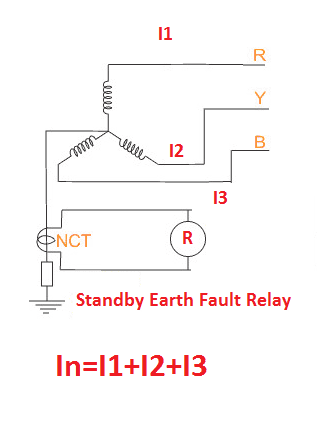
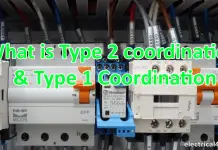

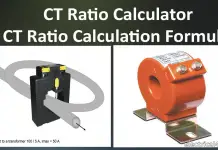

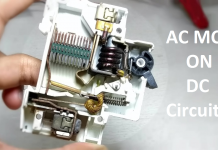
![What is Arc Chute? Types, Working Principle [Video Included] arc chute working priciple](https://electrical4u.net/wp-content/uploads/2020/06/arc-chute-218x150.png)
